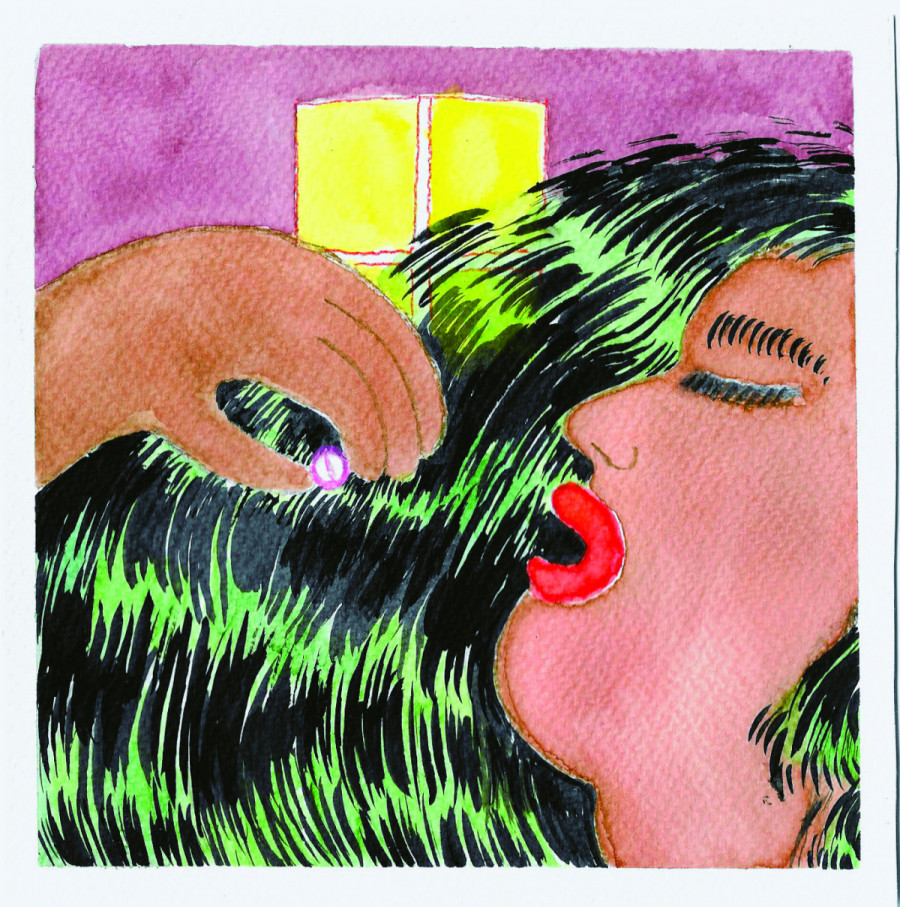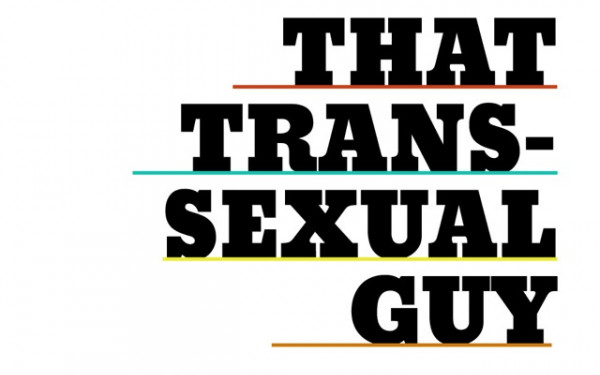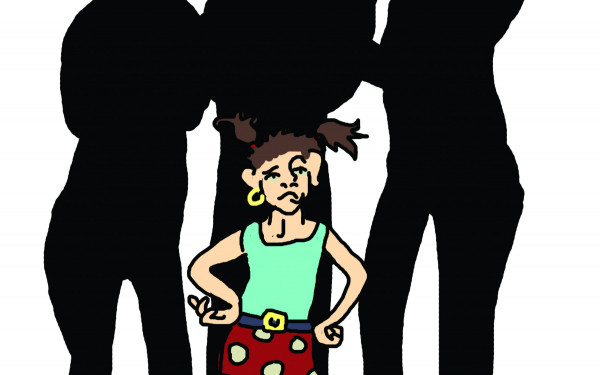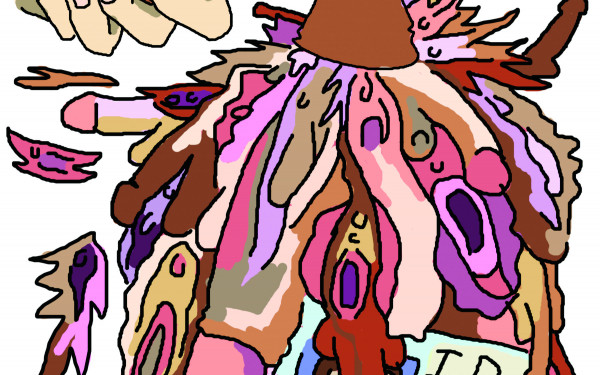Hormones alone: HRT during the pandemic
My experience with medical transition in lockdown
Spironolactone tastes like chalk.
That was what I learned when I started Hormone Replacement Therapy, or HRT, in March 2020. The most common testosterone suppressant, championed by so many trans women, came in a big yellow tablet that felt like a lump of chalk sliding down my throat.
But I loved those lumps of chalk. I gratefully swallowed two of them every morning with breakfast, along with a little green tablet of estradiol. These two types of medication, spironolactone and estradiol, were the bedrock of my medical transition. There are other options for trans people who want to go the medical route—skin patches and injections come to mind—but pills are inexpensive and easy to take, so they were the option I chose.
For me, HRT was the result of months of self-reflection after dealing with years of low self-esteem. I suffered from anorexia in high school, but couldn’t pin down what I didn’t like about my body. I had crushes, but they made me feel disgusting and predatory. All that time, I never once thought I was trans. I didn’t know anything about what being trans meant. It was only once I started CEGEP at Dawson, and got a chance to meet other trans people, that I realized I was feeling gender dysphoria.
Dawson’s gender advocacy centre, The Hive, was super helpful. The Hive’s coordinator helped me connect with Project 10, an organization that supports queer youth in Montreal. When I visited them, they gave me a list of clinics in the city that could provide me with hormones.
Wait times were different at each clinic. Usually, getting an appointment could take anywhere from several months to several years. One receptionist I spoke to told me the doctors she worked with weren’t accepting new patients. I have kept checking the list Project 10 gave me since that conversation, and have found waitlist freezes to be somewhat normal with HRT doctors.
Some clinics also need you to meet with a psychologist before they agree to prescribe HRT. The psych assessments are at your own expense and, from what I’ve heard, involve a series of very personal questions. Luckily, I was able to get in touch with a doctor that only needed my informed consent—i.e., a short conversation explaining why I wanted hormones, a waiver explaining the risks and long-term effects of HRT, and a couple of signatures.
I was praying I wouldn’t have to wait too long. As it turned out, I only needed to wait a month. My first appointment at the clinic was on March 2, with a follow-up scheduled for two weeks later. The doctor I spoke to was considerate and professional. After taking some blood samples, she showed me the waiver, wrote up my prescription, and sent me on my way.
Of course, it would be a long time till I saw my doctor again. Dawson closed after March 13, everything else following suit soon after. What we thought would be a two-week stay at home stretched out with no end in sight. Needless to say, my follow-up appointment was put on hold. Worse off were the people whose HRT appointments were cancelled for who knows how long.
Trans people faced a lot of additional problems at the start of the pandemic—not all of them medical. Quarantine led to a host of uncomfortable family situations for trans people living at home, and those who had moved out faced disproportionate financial strain. For my part, I learned that, although HRT can be a blessing, you don’t get a second puberty without growing pains.
Sometime in mid-May, I decided to get myself a glass of water after sitting in my living room for too long. I stood, felt dizzier than I had ever been in my life, and collapsed back down again. That ended up happening every single time I would get up from a chair because, though I didn’t know it, one side effect of taking spironolactone is lower blood pressure.
Any other time, that wouldn’t have been a problem. I’d heard all about the risks of HRT—blood clots, cardiovascular disease, type 2 diabetes. Most of the trans people I’ve met either think “those things could never happen to me!” or “I’m going to get all of them at once.” Because the world of hospitals and doctor’s offices had slowed to a crawl, it became very hard to believe the former and much easier to slip into the paranoia of the latter. Believe me when I say the first few months of my transition were characterized by lots of WebMD searches.
This marked the beginning of my neurotic self-care regimen. After waking up at 7 A.M., I would go jogging, eat breakfast, shower, apply an ever-increasing litany of skincare products, exercise again, and use whatever spare time I had to read. Some days, other meals were optional. I really thought that this was all for my health at the time. It was only later, when I realized that I was weighing myself every time I showered, that I was becoming self-conscious. I didn’t look like a woman.
The hardest part of starting HRT during the pandemic wasn’t physical at all. It was mental. I would get impatient, wanting everything about me to change all at once, and getting frustrated when it didn’t. I started questioning myself: did I really want this? Transitioning was proving to be incredibly stressful. Besides, if it was all about looks, maybe I wasn’t really trans at all…
I felt those doubts a lot last year. My experience didn’t fit with what I’d heard about intense, constant dysphoria and “being born in the wrong body.” No matter how happy I felt about being on hormones, I couldn’t shake the feeling that I didn’t deserve them. Of course, I was isolated from other trans people at this time. There was no one to share how I was feeling with. There was no one to reassure me.
I didn’t know what it was like to transition before the pandemic. My entire trans experience consisted of wanting to start HRT for a long time, finally getting the courage to, and then being stuck inside for months. It’s incredible how social of a phenomenon gender is—what’s the point of gender when your entire day consists of watching cooking shows alone in your room? How much was my lack of dysphoria caused by being completely cut off from everyone I knew?
Whatever the case, my doubts about my gender identity continued. After a while it got to be too much, and I stopped HRT in September. The school year began shortly after. Being bombarded with readings and assignments, I didn’t have time to think about anything gender-related. I thought my transition was over.
Then, sometime in January, a couple of things happened all at once. A YouTuber I watched frequently came out as trans, the same day a trans musician, whose music meant a lot to me during my transition, passed away. I remember that week being very emotional for me; looking back, it’s hard to pin down exactly what I was feeling. I think a part of me realized that I was going to die someday, and if I didn’t start transitioning now, I would regret it every day until the end.
So I started taking the pills again. I can’t deny it was hard at first, going back to the drawing board. Even now, I know that if I had had people around during those first few months to remind me that what I was going through was normal, I’d have stuck with it and learned to accept myself more quickly than I did.
Isolation taught me a valuable lesson. HRT might help you feel more comfortable with your body, but your transition shouldn’t be rooted in how you look. The point of taking hormones is to merge your interior life with your exterior one, to face every day looking how you feel, to live as the gender you know you are. In quarantine, there is no exterior life. All lives are lived privately, and social roles melt into air.
I remember the second time I visited the pharmacy. The man behind the counter had light brown hair and was younger than any pharmacist I’d seen. Half his face was covered by his mask, but his voice was young, high and expressive. When I went to pay, he told me that my file didn’t say what the pills were for, but that he could guess. He offered to change my name in the store’s system, if it would make me more comfortable. I was using my dad’s pharmaceutical file, and I wasn’t out to him at the time, so I politely refused, but that one interaction made me feel more like a woman than every single day I’d spent cooped up at home combined.
HRT is great, but it’s only one part of being trans, and an optional part at that. As the pandemic stretches indeterminately on, I want to see trans people reaching out to each other for support. I want to see more virtual spaces open to trans people, like P10’s weekly hangouts. I want to see local trans creators creating, and trans audiences forming around content they love. More than anything, I want trans people to be able to come together and feel understood, through whatever form that takes.
This article originally appeared in The Gender & Sexuality Issue, published March 10, 2021.


_600_832_s.png)




2_600_375_90_s_c1.jpg)